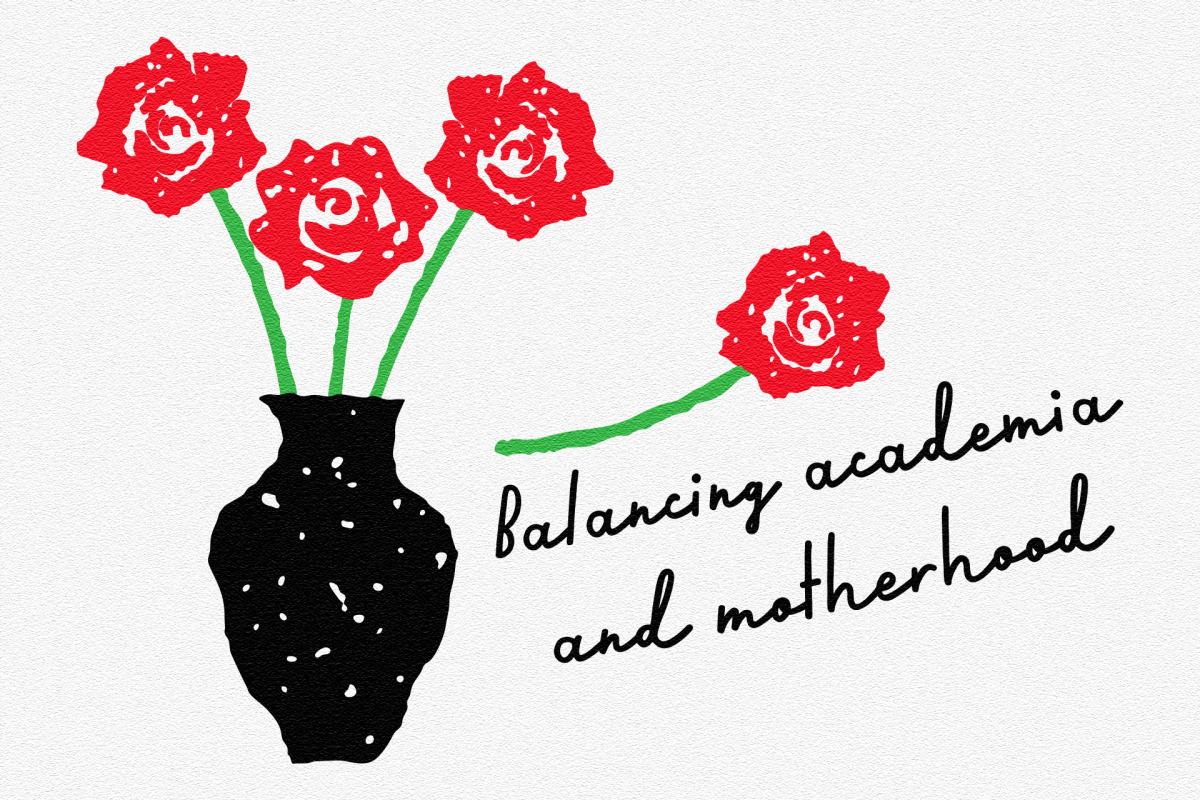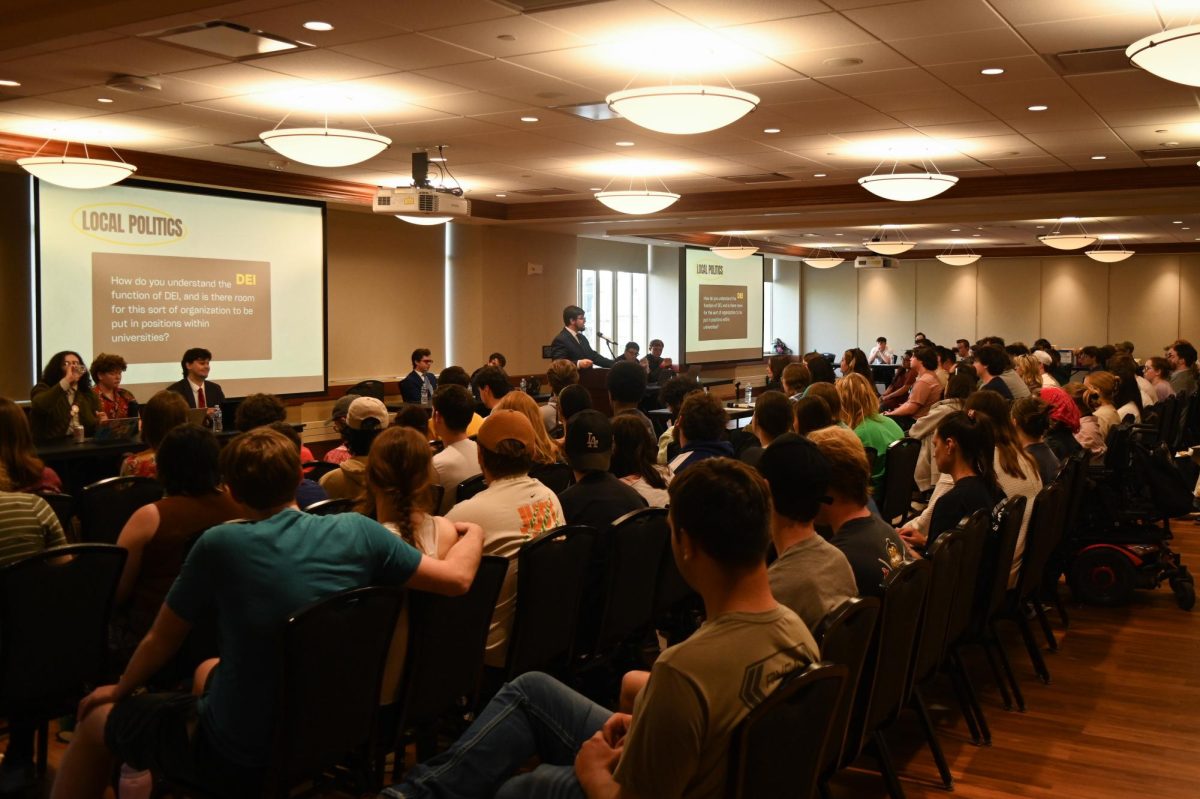A few years ago, the UM System conducted a survey to gauge the public’s attitude about higher education. The response showed many citizens don’t fully realize the system’s breadth, reach and impact on the state, UM System spokeswoman Jennifer Hollingshead said.
For this reason, she said the system began thinking about a mechanism it could use as an outlet its contribution. Its solution: [A new website](http://umsystem.edu/).
It was unveiled Monday, and those involved with its production say it is much more user-friendly.
“In my view, I like that it puts the information that in many cases was kind of buried before and makes it interesting and relevant,” web coordinator Michael Hill said. “It is easier to find and presented in a variety of different ways and approaches.”
Among the new features is an emphasis on the “Advancing Missouri” campaign, which focuses on ways the system’s four campuses are positively affecting the state. The website is now featuring the “advancing health” portion of the campaign, displaying the system’s various health programs.
MU’s Thompson Center is among the featured health initiatives.
“It keeps you motivated because you think, ‘If they have to deal with this every day, then I can certainly do something about this in the future,’” Nurse Clinician Krista Hughes said in a video.
Advancing Missouri isn’t only limited to health, though. Hill said the website’s focus will switch to “advancing competitiveness” after next week’s Board of Curators’ meeting. The Board of Curators is the governing board of the four campus UM System.
“The website is the main communications platform for that campaign,” Hollingshead said.
Both Hollingshead and Hill said one of the goals is to keep the website’s features fresh.
“Everything is subject to change,” Hollingshead said. “As with any communication campaign, it has a shelf life.”
In an effort to bring as much traffic as possible to the website, the team involved considered how viewers will access the page.
“We really took a lot into account that different people approach information differently,” Hill said. “We wanted to provide a way for them to access the information that really worked for them.”
Incorporation with Facebook is one way of going about this, he said. Much like CNN.com, the system’s new website utilizes Facebook’s “Like” button, and users are able to “Like” a page and have it appear on his or her Facebook news feed. Also, the website makes use of a new plug-in which allows users to comment on stories located on the website via Facebook.
“We decided to basically rely 100 percent on that rather than try and build our own solution,” Hill said. “When someone comments on a story, it appears on his or her news feed as well as on the website. This really helps us spread our message through a direct route to users’ friends and families.”
Hollingshead said she believes the social media aspect of the website is necessary.
“There’s a lot of interaction with social media there so we can continue to use that as a way to leverage our communications reach,” Hollingshead said.
The website is the result of about a year of collaboration between departments and the four campuses, Hill said. He is very pleased with the end result.





